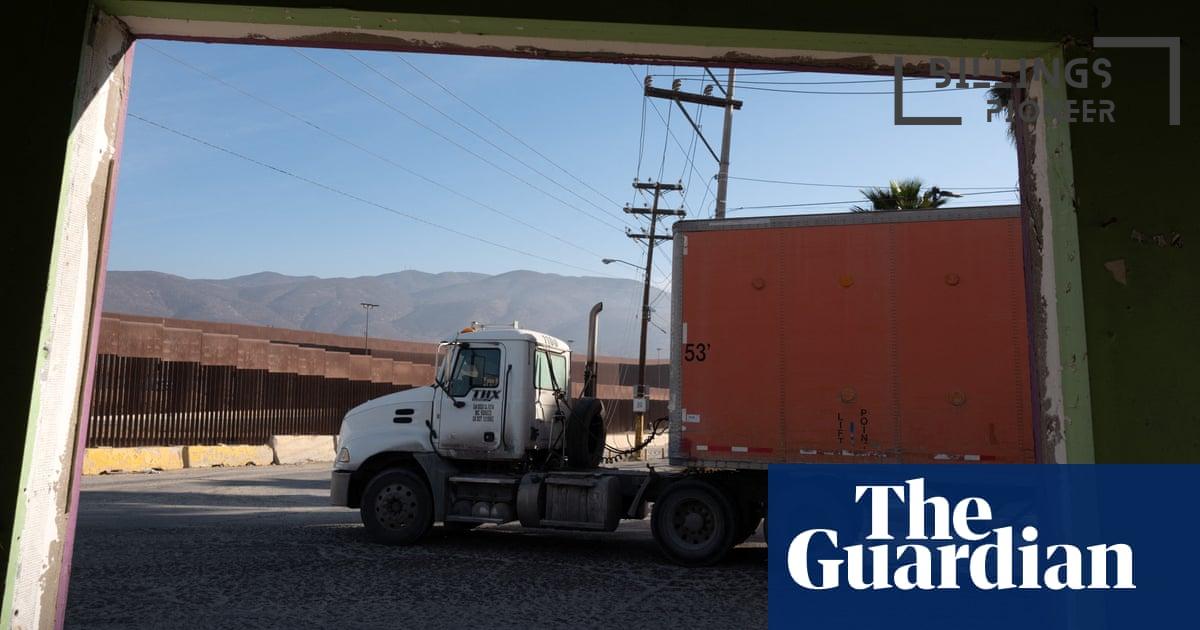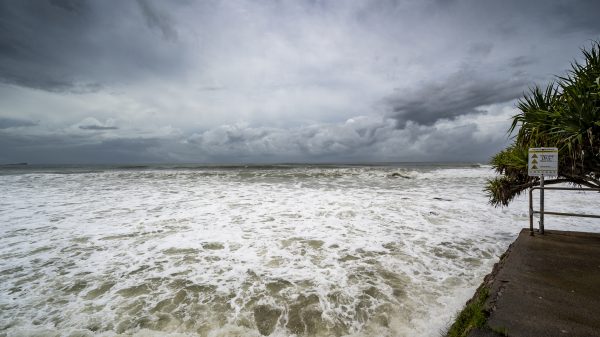On February 4, 2025, President Donald Trump put new tariffs on goods coming from Canada, Mexico, and China, stirring up a lot of talk around the country. These tariffs, which are taxes on imports, could mean higher prices for things we buy in stores. Trump says that these tariffs are necessary to fight illegal immigration and drug trafficking, but many people are worried about how this will impact their everyday lives.
What are the tariffs Trump issued?
These new tariffs include a hefty 25% tax on goods from Canada and Mexico and a 10% tax on imports from China. This means if a company wants to bring products into the U.S. from these countries, they have to pay extra money. For example, if a Canadian company sends us furniture that costs $1,000, they now have to add an extra $250 just for the tariff. This additional cost usually gets passed down to consumers like you and me through higher prices in stores.
What is a tariff and why does Trump want to use it against certain countries?
A tariff is basically like putting a sticker price on goods coming from other countries, making them more expensive. Trump believes that by making imports costly, it will encourage people to buy products made right here in the U.S. It’s like trying to boost American jobs by making things made abroad less appealing. However, not everyone agrees that this is the best way to support the American economy.
How will U.S. consumers be affected by the tariffs?
Experts warn that when these tariffs kick in, many of us may feel the pinch in our wallets. A study estimates that an average family could see their expenses rise by $1,500 to $2,600 a year because of the higher prices on everyday products. This could mean that toys, clothes, and food might cost a lot more! Nearly two-thirds of Americans expect that they will end up paying more for things they need.
Which federal laws give Trump the power to enact tariffs?
Trump is using a law called the International Emergency Economic Powers Act to authorize these tariffs. This law allows the president to manage trade with other countries during emergencies. Trump claimed that illegal immigration and drug trafficking create an emergency that warrants these new tariffs. His use of this law is controversial, and some people believe he is overstepping his authority.
How have other countries responded to Trump?
Canada and Mexico didn’t take the news lightly. Canadian Prime Minister Justin Trudeau announced that Canada would retaliate with its own tariffs, targeting U.S. goods worth about $155 billion! Mexico’s President also expressed plans to hit back, while China condemned the tariffs and even filed a lawsuit with the World Trade Organization. This back-and-forth could lead to a bigger trade war, impacting job growth and economic stability on both sides.
| Country | Tariff (%) | Focus of Tariff |
|---|---|---|
| Canada | 25% | General goods |
| Mexico | 25% | General goods |
| China | 10% | General goods |
As the trade tensions rise, many are left wondering how long this situation will last and what other steps Trump might take next. Tariffs have always been a hot topic, and now they are in the spotlight like never before. Will they lead to more American-made products, or will they just leave families struggling with higher prices? Only time will tell!











